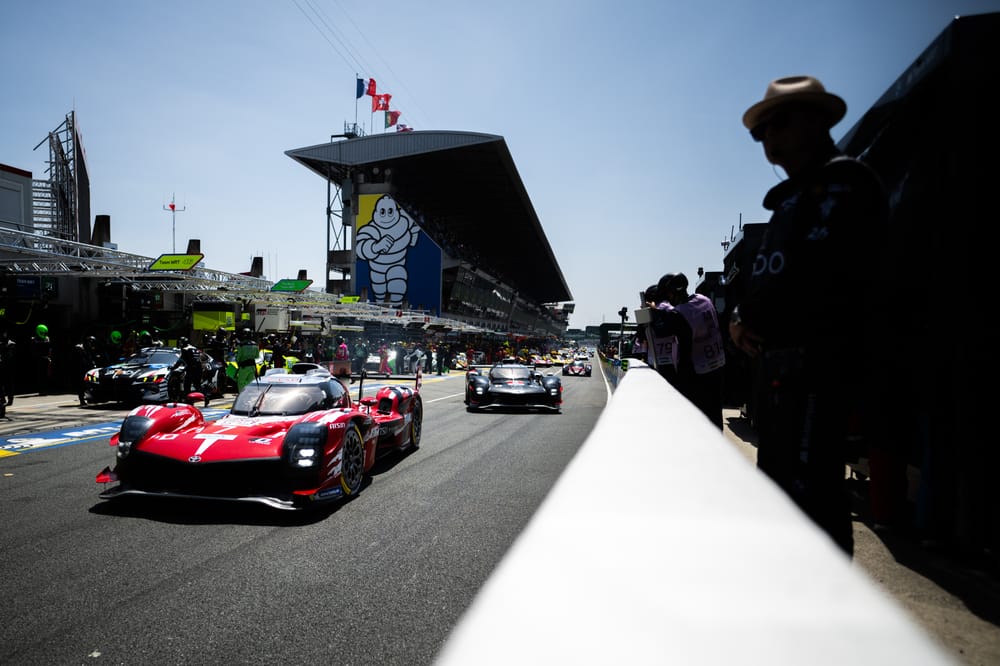Every year Le Mans organiser the ACO holds a major press conference on the Friday between qualifying and the 24 Hours, packed with announcements about the event and the World Endurance Championship’s next moves.
Here are the key takeaways from the 2025 edition.
Hypercar regulations to stay
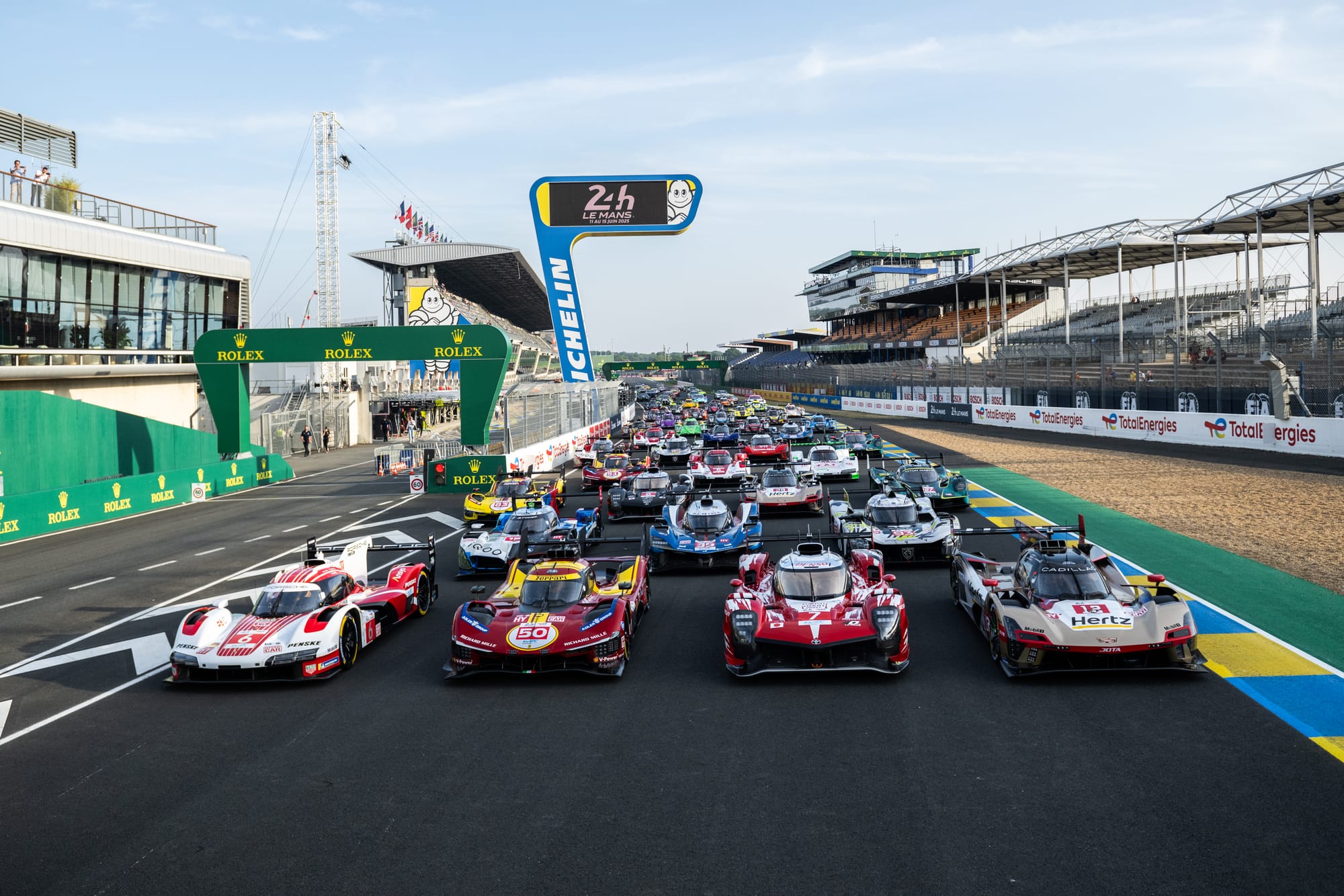
The ACO and FIA have officially announced the extension of the Hypercar regulations until the end of the 2032 season, providing manufacturers and teams with unprecedented long-term visibility, information that The Race revealed a few weeks ago.
"Hypercar is a tremendous success," said ACO president Pierre Fillon with satisfaction. "We never expected to have so many manufacturers, and some have already announced their entry in the coming years.
“Our guiding principles have always been stability and cost control. Last year, we extended the regulations to 2029, and we are pleased to announce that, together with the FIA and IMSA, we have decided to extend them until the end of the 2032 season."
Last year, by extending the rules to 2029, the ACO and FIA granted manufacturers two additional Evo Jokers. The same is likely to happen this time, although Fillon noted that the exact terms still need to be defined.
Another significant announcement is that private teams will be able to enter Hypercars in the Asian Le Mans Series starting from the 2026-27 season. This strategic move, welcomed by all parties, will further broaden access to the top class. Bronze-rated drivers will be allowed in the category, which is not currently the case in the WEC. However, they will be required to undergo specific training.
LMP2 decisions
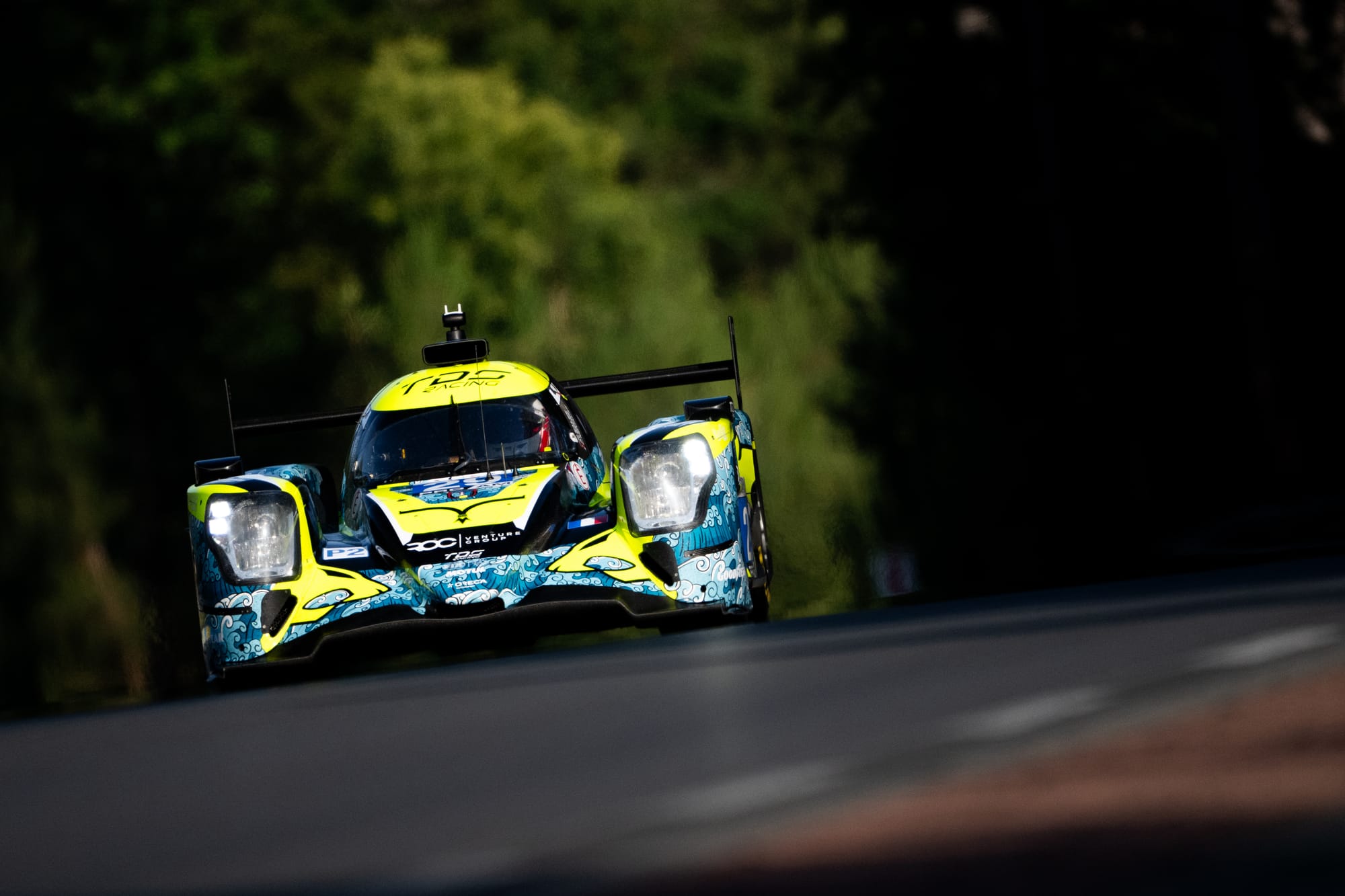
The new generation of the LMP2 category will come into effect in 2028, with a modernised and simplified vision. As revealed by The Race, two chassis manufacturers have been selected: ORECA and Ligier Automotive. This comes as no surprise, especially since Multimatic and Dallara didn’t even respond to the tender.
“We wish to thank the FIA and ACO for their continued trust”, President of the ORECA Group Hugues de Chaunac said.
“This new selection recognises our dedication and the experience we have acquired across more than 10 years in LMP2. We put all our expertise into preparing this tender with the goals of supporting the evolution of the category and offering a strong and reliable platform adaptable to future challenges. We turn now to the regulatory preparations that await us with the FIA and ACO to finalise the outline of this new generation of LMP2.”
On the engine side, Gibson Technology has been reappointed as the sole supplier. The goal is to ensure excellent performance and reliability while maintaining cost control. The proposed engine is expected to be a turbocharged V6.
IMSA will also adopt these regulations as soon as they come into effect.
WEC 2026 calendar
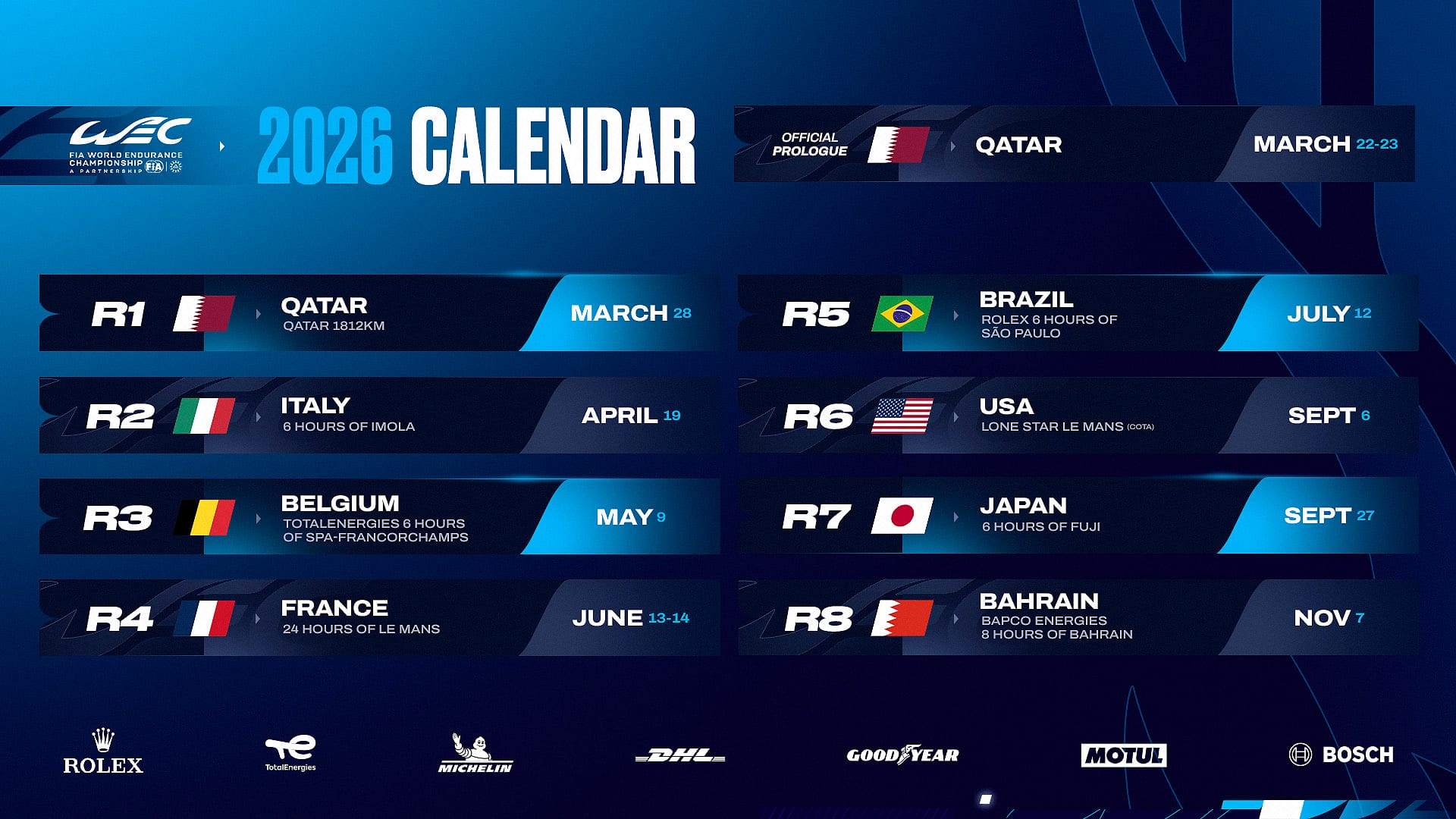
The 2026 calendar for the World Endurance Championship has been revealed. It is largely similar to those from 2023 and 2024, with a few date changes.
“After a period of expansion, including the addition of an eighth round in 2024, the FIA World Endurance Championship enters a phase of consolidation and stability with next season’s calendar,” said Richard Mille, President of the FIA Endurance Commission.
“The schedule continues to feature world-class circuits across key regions, striking the right balance between global exposure for manufacturers and the need to keep participation costs at a reasonable level.
“This stability lays a strong foundation for the continued success of the Hypercar class and supports the sustained growth of the world’s premier endurance racing series.”
Due to Ramadan, the third edition of the 1812 km of Qatar will be held on Saturday March 28, just a few days after the Prologue test sessions scheduled for Sunday March 22, and Monday March 23. The goal is to allow drivers entered in IMSA’s 12 Hours of Sebring to participate in at least one day of these pre-season WEC tests.
Having previously clashed with the Easter weekend, the Italian round, the 6 Hours of Imola, is now scheduled for April 19, while Belgian fans can mark Saturday May 9 for the 6 Hours of Spa-Francorchamps.
Hydrogen moves closer
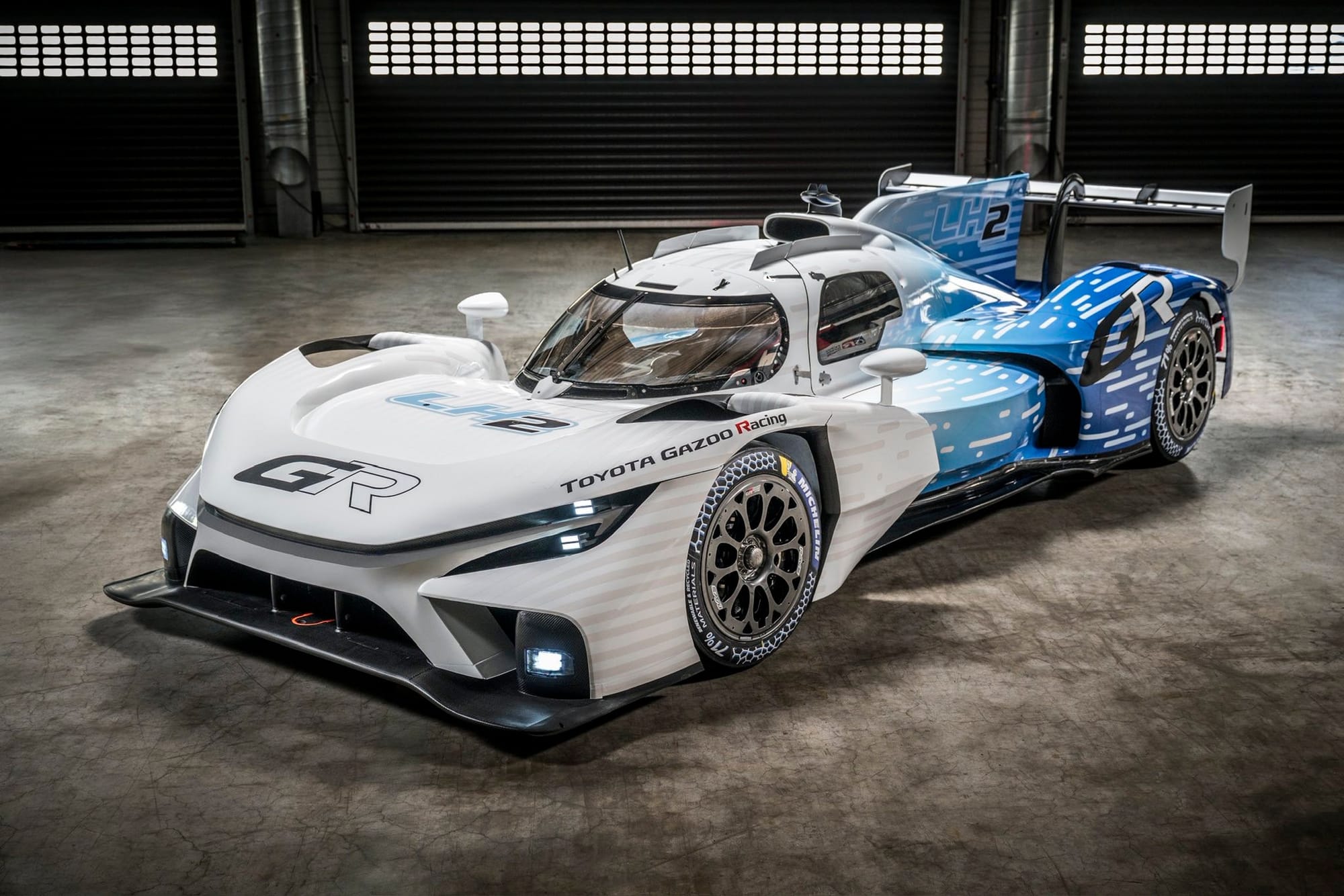
A technical partnership between MissionH24 and Toyota Gazoo Racing has been formalised, focusing on the aerodynamics and cooling of the H24EVO prototype."We’ve established a partnership with Toyota for everything related to the cooling and aerodynamics of the H24 [the hydrogen-powered car developed by the ACO]," explained Fillon.
"This is important because the ACO is not a major manufacturer, and teaming up with a big company that wants to invest in hydrogen was essential for us. Toyota also presented a liquid hydrogen prototype this week.”
The FIA has confirmed that it is actively working with the ACO on specific safety regulations for hydrogen, as well as a balance of performance between different technologies. The goal of introducing a hydrogen category in competition before the end of the decade is clearer than ever. Hopefully this time it will actually happen.
“The regulations will allow it from 2028 onward. The question is whether manufacturers will be ready by then,” mused Fillon. “Might we see Garage 56 [the experimental class for cutting-edge technology] entries before that?”


